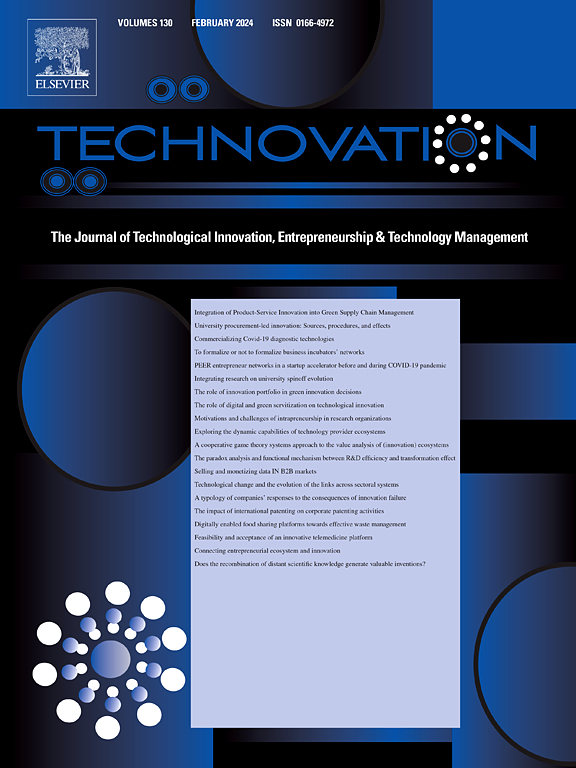How does blockchain application impact on supply chain alliance?
IF 11.1
1区 管理学
Q1 ENGINEERING, INDUSTRIAL
引用次数: 0
Abstract
Recent advancements in blockchain technologies have attracted significant global attention in supply chain management due to their potential to revolutionize this field. Our study examines the relationship between a firm's blockchain application and its alliances with supply chain partners at a dyadic level. Furthermore, the study sheds light on the influence of geographical and technological proximities as critical contextual factors in this dynamic. This study predicts that blockchain integration within a firm fosters the formation of supply chain alliance between firms, with the positive effect being amplified when firms are geographically and technologically closer. Such proposition is evidenced by analysis based on a comprehensive dataset compiled from public annual reports, details of supply chain partnerships, and patent records of 3281 Chinese listed firms over the period 2012–2020. This research offers novel insights into how emerging technologies foster trust-based collaboration within supply chains, and contributes not only to the expanding literature on blockchain applications in supply chain management, but also addresses the need for a deeper understanding of how specific contextual factors, such as geographic and technological proximity, shape the impact of blockchain integration.
求助全文
约1分钟内获得全文
求助全文
来源期刊

Technovation
管理科学-工程:工业
CiteScore
15.10
自引率
11.20%
发文量
208
审稿时长
91 days
期刊介绍:
The interdisciplinary journal Technovation covers various aspects of technological innovation, exploring processes, products, and social impacts. It examines innovation in both process and product realms, including social innovations like regulatory frameworks and non-economic benefits. Topics range from emerging trends and capital for development to managing technology-intensive ventures and innovation in organizations of different sizes. It also discusses organizational structures, investment strategies for science and technology enterprises, and the roles of technological innovators. Additionally, it addresses technology transfer between developing countries and innovation across enterprise, political, and economic systems.
 求助内容:
求助内容: 应助结果提醒方式:
应助结果提醒方式:


